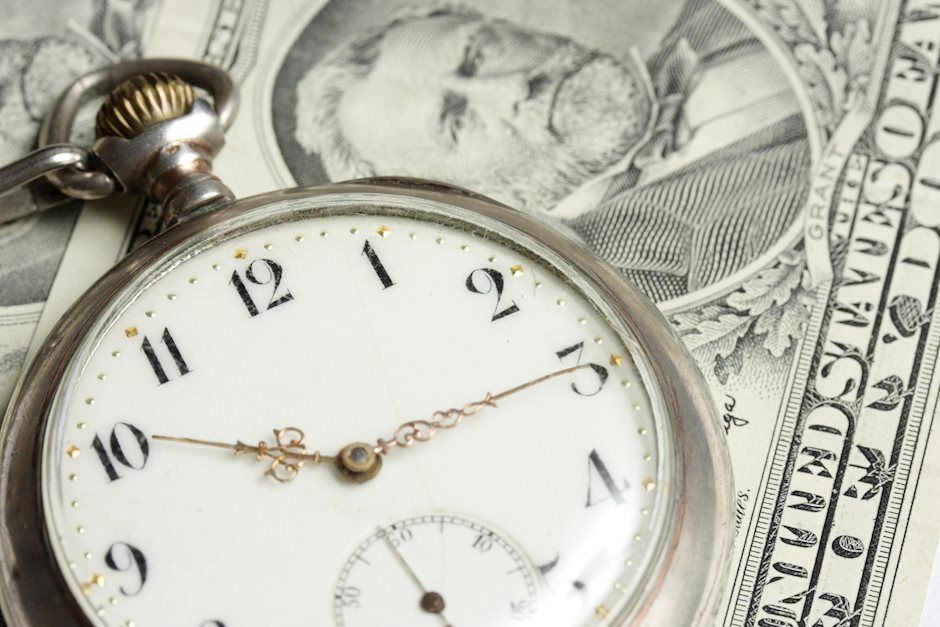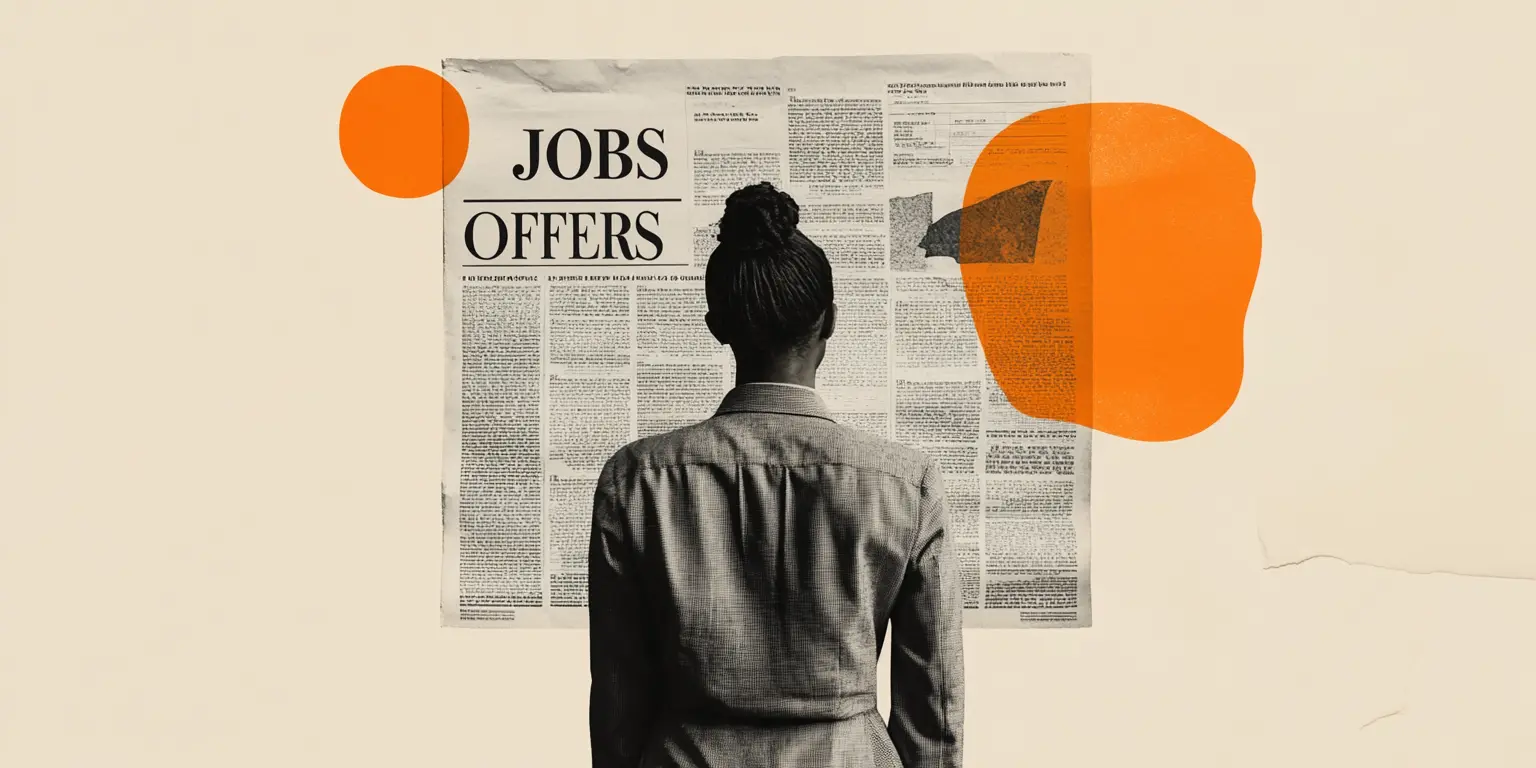Banks on the brink: Is your money safe?

The global fractional-reserve banking system is teetering on the brink of failure.
Financial strains are exposing major banks as under-capitalized and ill prepared to weather additional strains from high inflation, rising interest rates, and a weakening economy.
Banks operating outside the United States are presently most vulnerable. A spike in interest rates concomitant with a spike in the exchange rate of the Federal Reserve note "dollar" is wreaking havoc in global debt markets and driving capital flight.
Many analysts fear bank runs are coming. They are already hitting developing countries.
Over the past few weeks, Lebanese banks have abruptly decided to close their doors to customers indefinitely. The banks fret that too many of their own customers are demanding to withdraw cash from their accounts.
In response to withdrawal restrictions, some angry customers have held up bank branches at gunpoint to try to access their own account funds – prompting widespread bank lockdowns.
In Europe, meanwhile, banking behemoths Credit Suisse and Deutsche Bank are showing signs of distress. Credit Suisse faces an $8 billion capital shortfall.
Credit default swaps (CDS) – those derivative instruments made infamous during the Great Financial Crisis of 2008 – are once again flashing warning signs of rising default risk.
Some analysts foresee another “Lehman moment” – a sudden, looming failure of a systemically important financial institution. Before Lehman Brothers collapsed and filed for bankruptcy in 2008, CDS spreads were similarly strained as they are today on some large financial institutions.
American banks aren’t immune from a global banking contagion.
JPMorgan CEO Jamie Dimon warned recently that the U.S economy is headed for a painful recession.
Signs of trouble ahead for the financial system are everywhere. Banks are seeing mortgage applications plummeting and worry about a potential spike in loan delinquencies.
Will the “too big to fail” banks be bailed out again? An even more ominous scenario would have depositors “bail in” the banks.
Some sound money advocates are predicting that the next financial crisis will bring bank bail-ins – whereby the assets of depositors are claimed by banks to prevent cascading failures.
Given the growing risks to the financial system, asset protection strategies are a must. Owning physical precious metals outside the banking system is an essential component of safeguarding one’s wealth.
Accounts held at banks and other financial institutions are vulnerable to the risks those institutions are assuming.
And should the banking system reach a crisis point, the Federal Reserve (which itself is beholden to banking interests) will likely make a massive pivot back toward monetary loosening.
That puts holders of U.S. dollars in all forms at risk of having their purchasing power eroded at an even more rapid pace than has been reflected so far in 2022.
While the U.S. dollar has benefited temporarily from a flight to quality amid sell-offs in stocks and other risk assets, it is a fundamentally unsound currency that is guaranteed to depreciate steadily over time.
When a true flight to quality occurs, investors will wake up to the realization that the soundest form of money isn’t issued by the Federal Reserve or any central bank for that matter. The soundest form of money is precious metal.
Beware, however, of financialized forms of gold and silver – exchange-traded funds, futures, “pooled” accounts, etc. – that carry risks tied to counterparties in the financial system. Gold and silver bullion should never be held via an account at a bank or brokerage firm.
Bank safe-deposit boxes are also a potential hazard and should not be used to store precious metals. (Many banks expressly prohibit gold or cash contents.)
In order for a precious metals holding to fully protect against political and financial threats, it should be physically segregated from the financial system.
That means your bullion should be stored in a secure hiding place at home or through a vault service such as Money Metals Depository.
Money Metals Depository uses top-of-the-line UL Class 3 vaults for maximum security. All stored bullion items are fully segregated and are never commingled or rehypothecated. Depository holdings are totally independent from the banking system, Wall Street, and Washington, D.C.
Owning physical precious metals can give you a measure of independence from the banker-backed fiat currency regime and protection from the purchasing-power losses it may inflict on unwitting bagholders.
To receive free commentary and analysis on the gold and silver markets, click here to be added to the Money Metals news service.
Author

Stefan Gleason
Money Metals Exchange
Stefan Gleason is President of Money Metals Exchange, the national precious metals company named 2015 “Dealer of the Year” in the United States by an independent global ratings group.

















